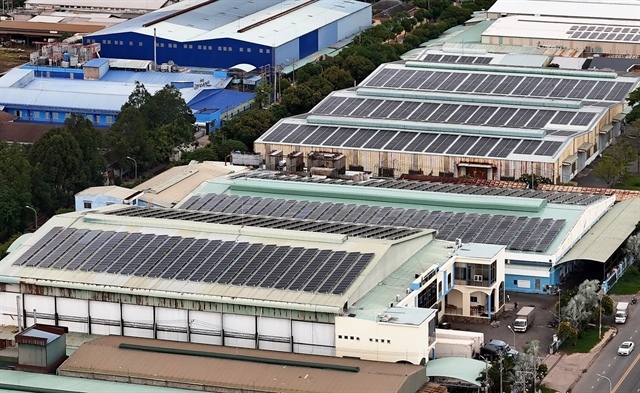Policy contradictions make “car price reduction dream” far away
Policy contradictions make “car price reduction dream” far away
It’s still unclear if the automobile manufacturing would be listed as a priority industry. The answer to the question will decide the scale of the market and the prices of the products.

Will automobile industry be a priority industry?
The Vietnam – Japan Taskforce on Strategic Initiative for Industrialization and Bilateral Cooperation has suggested a list of the five priority industries Vietnam should prioritize to develop in the time to come. And the list does not include the automobile industry.
Sources said that some disagreements have still been existing when the two sides discuss about priority industries. The Vietnamese side really wants to put automobile into the list of priority industries for cooperation with the Japanese side. However, Japan does not want this.
The Japanese side believes that the Vietnamese automobile industry remains too small, while the policies have been inconsistent, which has made the industry less attractive to investors. The small market scale makes it very difficult to encourage automobile manufacturers to increase the localization ratios of the products.
Meanwhile, Vietnam affirmed that it has offered a lot of investment incentives over the last many years, while the achievements remain modest: the locally made content ratio is still low, while the prices remain high.
However, the automobile industry can be found in the national strategy on industry development by 2020, compiled by the Ministry of Industry and Trade as a priority key industry.
Duong Dinh Giam, Director of the Industry Policy Institute, said Vietnam really wants to develop the automobile industry because of the high benefits it can bring to the national economy – generating jobs, creating high added values, using high technologies. Especially, the automobile industry can serve as the driving force to develop many other industries.
Just in the first two months of the year, the government made two important instructions relating to the automobile industry.
The Ministries of Finance and Industry and Trade have been asked to analyze the current situation of the auto market and give forecasts about the market scale and consumption by 2020.
Relevant ministries have been asked to give explanations on if it’s necessary to define a strategic car line, and if the answer is “yes”, what criteria should be considered.
Once the answers to the questions are found, tax policies and investment incentives would be drawn up to implement the strategies.
The old questions
In fact, the questions were once put some years ago already. The Ministry of Industry and Trade suggested that Vietnam needs to gather its strength to develop a strategic car line, while actively joining the global supply chain by making and supplying car parts to the world’s big automobile groups.
Investment incentives, especially tax preferences, would be given to the manufacturers who make strategic car products, in order to help develop the products. For example, Vietnam may cut the vehicle registration ownership ratio by 50-70 percent to stimulate the demand for the key products.
MOIT hopes that with the encouragement, Vietnam would be able to churn out 30,000 strategic car products by 2015 and 100,000 by 2020 with the localization ratio reaching 25 percent by 2015, then 40-45 percent by 2016-2020 and 50-60 percent by 2021-2030.
Vietnam has reassured the investors that it would have a large automobile market after 2020, when the income per capita reaches $3,000 per annum.


























